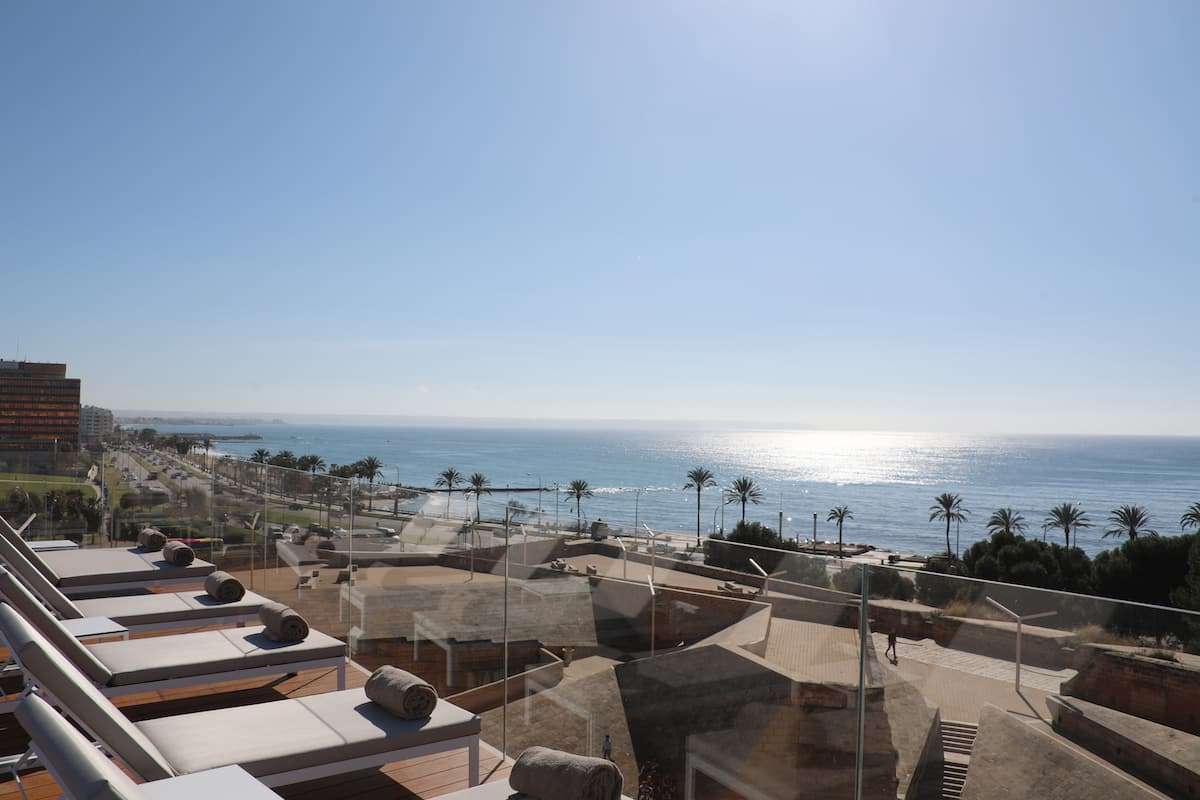
The bay of Palma and the old city
The Bay of Palma, easily accessible from the open sea, with calm and tranquil waters, has been, since the beginning of history, the gateway through which the first inhabitants of Mallorca arrived. Phoenicians, Carthaginians, and later Romans turned the budding city of Palma into a flourishing hub of maritime.
Prehistoric Palma?
One theory suggests that the first "citizens" of Palma were from the Talaiotic period. These settlers might have established themselves in areas that are now the Paseo del Borne, Calle Constitución, and the the Queen’s Gardens.What is undeniable is that Palma gradually became a trading zone where different peoples converged century after century.
In Roman Times
When Roman ships reached the Bay of Palma, maritime traffic was common. Although there were no artificial docks for loading and unloading goods, Portopí, the lowest area with the most pronounced inlet, served as a safe harbor, and it remained so until the 17th century.
Around 123 BC, the Romans established the first colony as such and gradually expanded it: it started as a settlement with the sea behind it, defense cliffs where the Almudaina now stands, and the water of the Riera on the other side, serving as a natural protective wall.
Not long after, they built the city walls around the ancient city. However, when the Western Roman Empire fell, the city was occupied by Vandals and Byzantines during Palma's dark centuries.
Palma, Muslim Rule
The Roman foundation of Palma served as a basis for subsequent constructions. A mosque was built on the Roman temple ruins, which later became the starting point for the Cathedral during the Christian era.
In 902, the Balearic Islands became part of the Umayyad Emirate of Córdoba, and Palma became Madina Mayurqa. This was the era when inns, baths, and mosques were constructed, and Mallorca started to resemble more and more the Muslim Al-Andalus.
It was during this century that Palma was equipped with a hydraulic network, using irrigation channels that replaced the Roman canals. Gradually, Palma transformed into a city.
The Conquest of James I
In 1229, James I of Aragon, known as James the Conqueror, arrived in Mallorca, and landed on the shores of Calviá. It was September, and after advancing through that area of the island, he reached Madina Mayurqa to battle the Muslims. The final reconquest took place on December 31 of the same year.
The city of Palma changed hands once again, but the Roman legacy remained, now joined by the Muslim influence. With James I, the last centuries of the old city began, with the Jewish quarter, the shipyards, the neighborhoods of Santa Catalina and Puig de Sant Pere...
Throughout the entire historic center of Ciutat, traces of all eras can be perceived: the Romans in the walls and structures like the temple; the Muslims in the Arab baths or the Queen’s Gardens; the Cathedral when Christianity began in Palma, the figure of Jafudà Cresques before the Jews were sent to live in the so-called Call; or the streets of the Lonja, the Consulate of the Sea, and the neighborhood of Santa Cruz, where the lords of the time resided.
